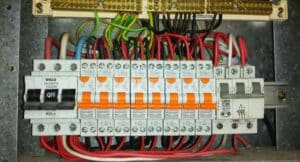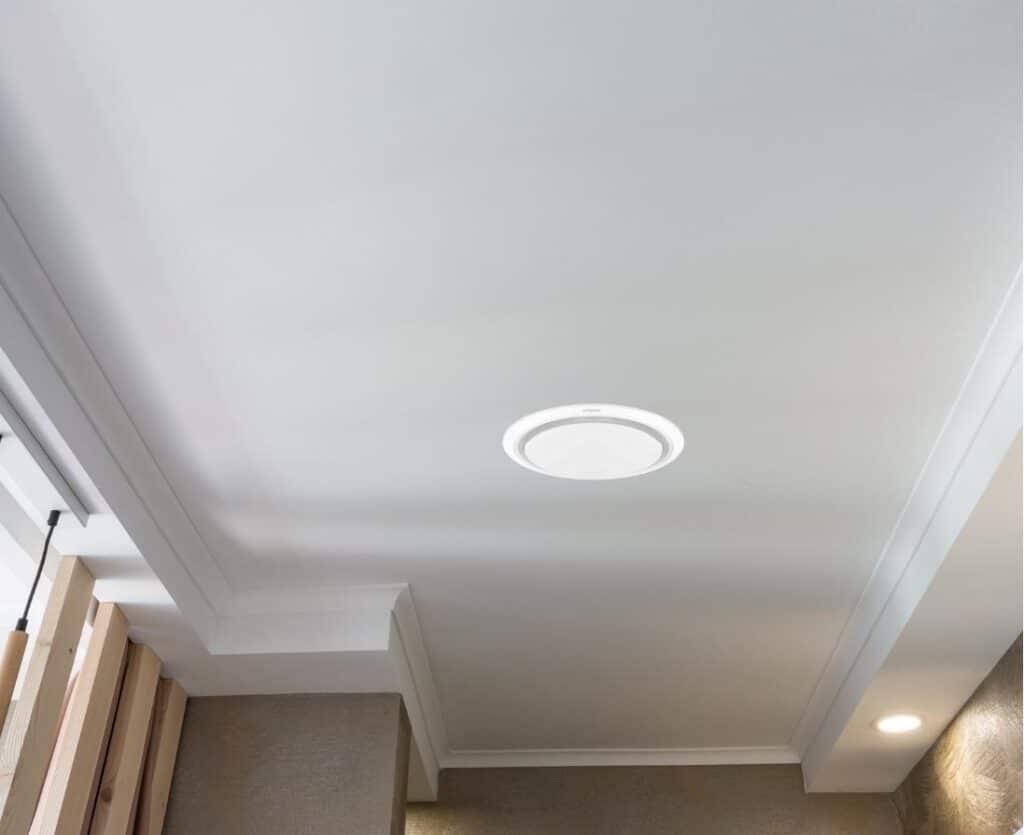Understanding the different wire colours in the electrical world can be really confusing. It’s like trying to understand a rainbow where every colour means something important.
This can be pretty overwhelming for someone who isn’t an expert in providing professional electrician services. We’ve prepared a short guide to give you an idea of what these various colours signify.
In this post, we’ll discuss the different wiring colours for single-phase and three-phase setups.
AC Wiring Colour Guide
In the electrical world, you’ll commonly encounter two types of wiring: AC 240V, known as single-phase, and 415V, referred to as three-phase, each with their own distinct set of wire colours. Let’s dive in and take a closer look at each one below.
AC 240V Wiring Colours
The wiring colours for 240V single-phase AC wiring are as follows:
Active Cable Colour
In 240V AC wiring, the active cable is easily identified by its red colour. This vibrant hue helps distinguish the live wire. It’s crucial to correctly identify this wire to prevent any types of electrical faults during installation or maintenance.

Neutral Cable Colour
The neutral cable in a 240V AC setup is black. This colour coding is essential to ensure that electricians alike can easily recognise the wire that completes the electrical circuit by carrying the current back to the power source.
Earth Cable Colour
For safety, the earth cable in 240V AC systems is distinctly marked with a green/yellow combination. This wire plays a critical role in preventing electric shock by providing a path to the ground in case of any faults in the electrical system.
AC 415V Wiring Colours
The wiring colours for 415V three-phase AC wiring are as follows:
Active Cable Colours
In 415V AC systems, the active cables are distinctly marked in red, blue, and white. These colours are used to differentiate the three phases in the electrical circuit.
Neutral Cable Colour
For the 415V AC setup, the neutral cable maintains the same colour coding as in the 240V system, which is black. This consistency helps in recognising the cable that serves to complete the electrical circuit.
Earth Cable Colour
Similar to the 240V AC system, the earth cable in a 415V AC configuration is coloured green/yellow. This standardisation across different systems aids in quickly identifying the safety wire.
DC 12V/24V Wiring Colours
The wiring colours for DC 12V/24V wiring are as follows:
Positive Cable Colour
In DC 12V and 24V systems, the positive cable is typically coloured red. This bright and easily recognisable colour helps to quickly identify the cable that carries the positive charge, an essential aspect in setting up or troubleshooting DC electrical circuits.
Negative Cable Colour
The standard colour for the negative cable in DC 12V and 24V configurations is black. This contrasts sharply with the red positive cable, providing a clear visual cue to differentiate the negative or return path in the circuit.
Is Active and Neutral the Same as Positive and Negative?
No, active and neutral aren’t the same as positive and negative. In alternating current (AC) systems, the terms ‘active’ and ‘neutral’ are used. Active refers to the wire carrying the current from the power source, while neutral is the return path for the current.Whereas in direct current (DC) systems use ‘positive’ and ‘negative’ to denote the current flow’s direction, with positive as the source of power and negative as the return path.




